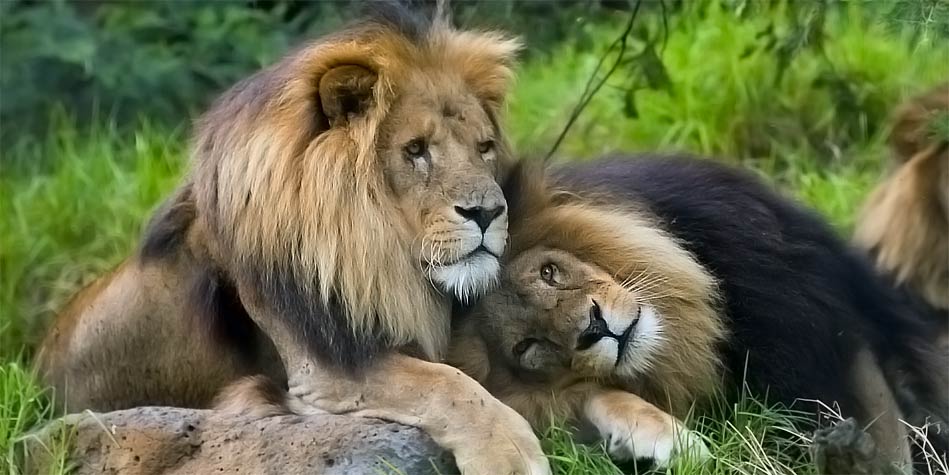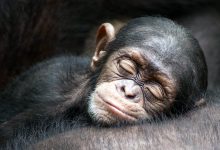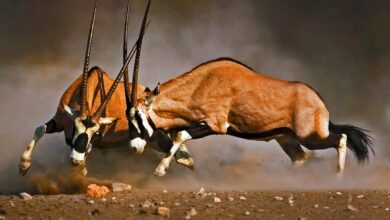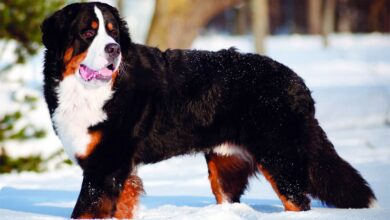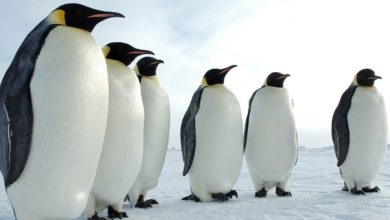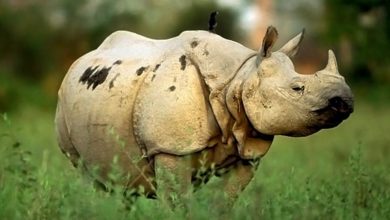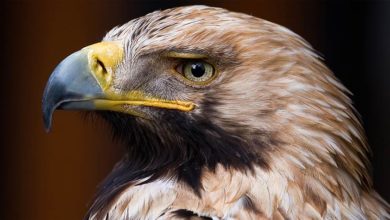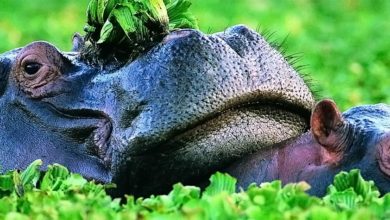Homosexual behavior in animals
The common theory that animals copulate with each other only for reproduction is not true. It turns out that their sex life is just as complicated as ours. Nevertheless, most scientists are ridiculing new discoveries of their colleagues. However, this does not change the fact that both powerful lions and inconspicuous European polecat display homosexual behavior.
What is sex between same-sex individuals for animals? We will try to answer this question in this article.
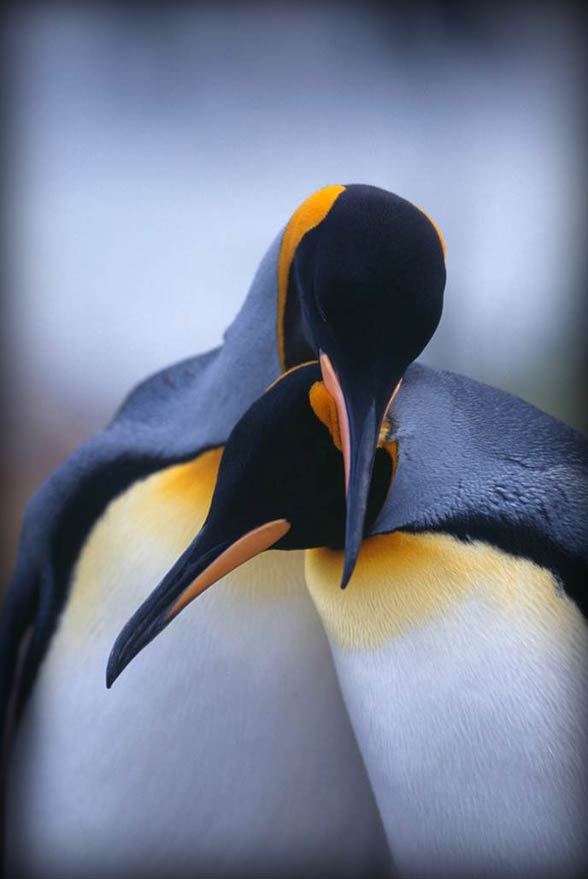
What is a homosexual animal?
A term ”homosexuality” was introduced in the second half of the 19th century and referred solely to humans’ sexual behavior. Using this term in reference to animals raised controversy because animal sexuality is not yet well known, and because this term is strictly connected to Western human’s culture.
However, it is difficult to find another suitable term, which would define homosexual behavior in animals, therefore scientists use this one in reference to all living creatures.
A homosexual animal is the one, which apart from copulation with an animal of an opposite sex may as well behave in a way, which indicates a sexual interest in an animal of the same sex.
Based on the observation of many species, it was indicated that such behavior constitutes one of the elements of complex sexual activity, which include bisexuality and obviously heterosexuality.
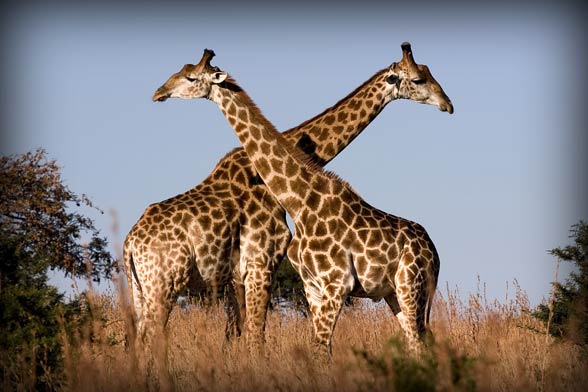
Differences – are there any?
Putting a differentiation between animals homosexual and heterosexual behavior aside may lead to contradictory conclusions and misinterpretation of the research in the science world. A scientist Bruce Begamihl claims that there are no hormonal or anatomical differences between homosexual and heterosexual animals.
However, other studies show that there are endocrinological (hormonal) differences; changes in the levels of sex hormones such as testosterone and estradiol have been observed in same-sex sexually oriented individuals.
It should also be noted that many animals involved in this research do not display homosexual behavior in a natural way. They are often simply caused by interference with the brain tissue or by intensive hormonal “therapy” of an animal during the prenatal period.
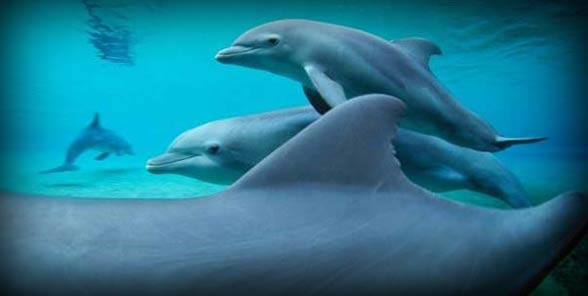
Purpose of animal homosexuality
On the basis of numerous observations, it turned out that the attraction towards the specimens of the same sex is displayed commonly by socialized mammals (primates and marine mammals) and birds. However, the true extent of homosexuality was not known among animals other than Homo sapiens.
Some scientists, e.g. Petter Bøckman claim that the phenomenon is much larger than it is assumed. If homosexuality among animals is such a common phenomenon, what is the aim of that?
According to one of the theories, such behavior has its origin in a social organization based on male domination (similar domination takes place in men detention centers).
According to another hypothesis, sex between specimens of the same sex aims to strengthen the relations between males within a group.
In the case of some animals, e.g. Penguins, the bonds are apparently so strong that the relationships between males may last for a whole life even though they keep copulate with females.
Homosexuality is observed commonly in pets: dogs, cats, budgerigars, horses, sheep and cattle.


